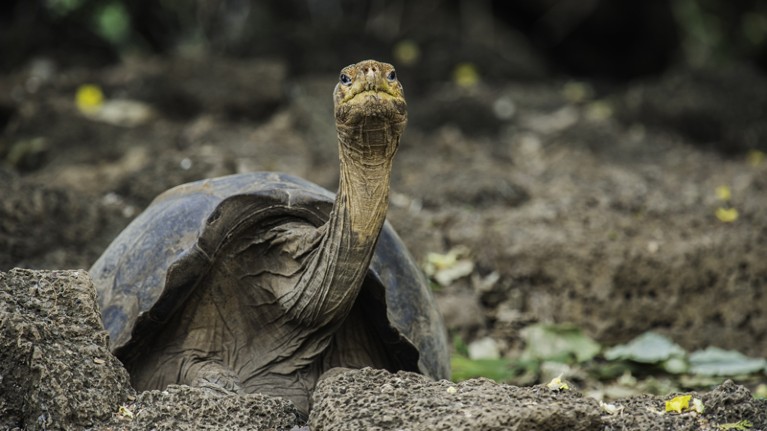- RESEARCH HIGHLIGHT
Genome of ‘Lonesome George’ reveals a tortoise’s secrets to long life

The giant tortoise known as Lonesome George, who died in 2012 at a tortoise breeding centre in the Galapagos Islands, was the last survivor of his species. Credit: Jad Davenport/NGC
Access options
Access Nature and 54 other Nature Portfolio journals
Get Nature+, our best-value online-access subscription
$29.99 / 30 days
cancel any time
Subscribe to this journal
Receive 51 print issues and online access
$199.00 per year
only $3.90 per issue
Rent or buy this article
Prices vary by article type
from$1.95
to$39.95
Prices may be subject to local taxes which are calculated during checkout
Nature 564, 164 (2018)
doi: https://doi.org/10.1038/d41586-018-07614-4



